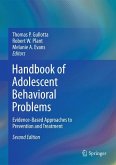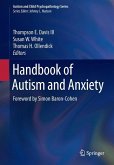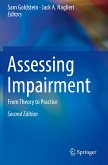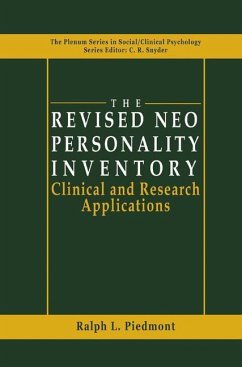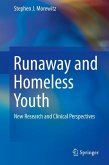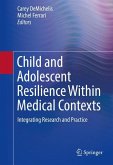The Second Edition of the Handbook of Adolescent Behavioral Problems clarifies the current state of treatment and prevention through comprehensive examinations of mental disorders and dysfunctional behaviors as well as the varied forces affecting their development. New or revised chapters offer a basic framework for approaching mental health concerns in youth and provide the latest information on how conditions (e.g., bipolar disorder, suicidality, and OCD) and behaviors (e.g., sex offenses, gang activities, dating violence, and self-harm) manifest in adolescents. Each chapter offers diagnostic guidance, up-to-date findings on prevalence, biological/genetic aspects, risk and resilience factors, and a practical review of prevention and treatment methods. Best-practice recommendations clearly differentiate among what works, what might work, what doesn't work, and what needs further research across modalities, including pharmacotherapy.
Key topics addressed include:
Families and adolescent development.Adolescent mental health and the DSM-5.Oppositional Defiant Disorder and Conduct Disorder.Autism spectrum disorder.Media and technology addiction.School failure versus school success.Bullying and cyberbullying.
The Second Edition of the Handbook of Adolescent Behavior Problems is a must-have reference for researchers, clinicians, allied practitioners and professionals, and graduate students in school and clinical child psychology, education, pediatrics, psychiatry, social work, school counseling, and public health.
Key topics addressed include:
Families and adolescent development.Adolescent mental health and the DSM-5.Oppositional Defiant Disorder and Conduct Disorder.Autism spectrum disorder.Media and technology addiction.School failure versus school success.Bullying and cyberbullying.
The Second Edition of the Handbook of Adolescent Behavior Problems is a must-have reference for researchers, clinicians, allied practitioners and professionals, and graduate students in school and clinical child psychology, education, pediatrics, psychiatry, social work, school counseling, and public health.
"This book discusses theoretical and treatment approaches to DSM-5 childhood diagnostic categories, along with specific problem areas as well as prevention methods. ... The intended audience is practitioners, policymakers, and human service directors, as well as graduate students in the helping professions. ... This book does a good job of covering a number of DSM-5 diagnostic categories and behavior problems. With the introduction of DSM-5, this update was necessary." (Gary B. Kaniuk, Doody's Book Reviews, May, 2016)


